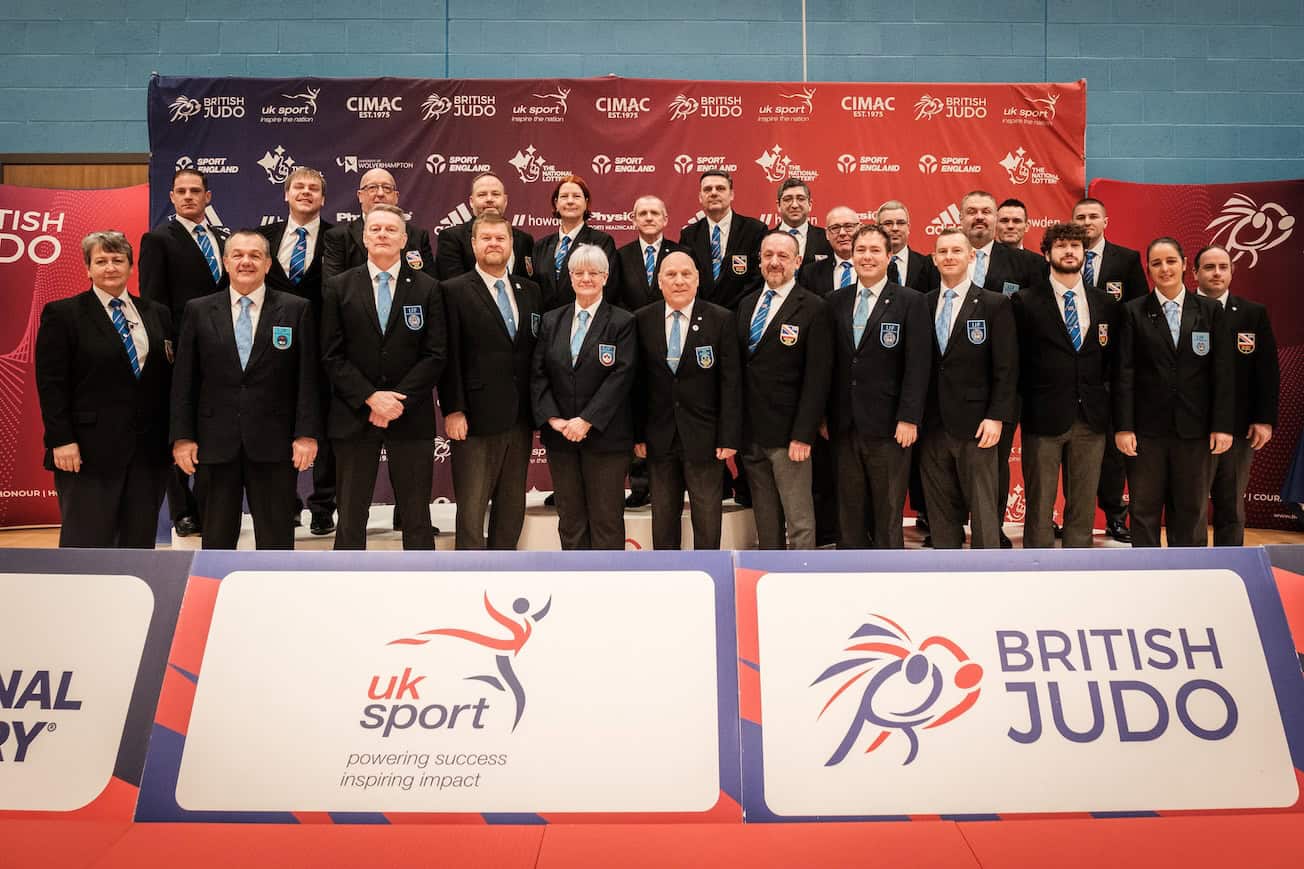We caught up with British Judo Centre of Excellence Coach, seven time senior British Champion and Commonwealth Games silver medallist, Matt Purssey, to get his opinion on trending techniques that are becoming prominent in elite level judo.
Thanks for taking the time to speak with us. Which one trend in particular have you identified as being particularly relevant within top level judo?
Matt Purssey: I’m interested in the increased prevalence of transition in competitive elite level judo and in particular the increasing usage of flying arm bars and the transition from tachi-waza directly into ne-waza. Before when we’ve looked at transition we tend to look at the breakdown period between the attacking component in standing, and our opponent trying to defend in ne-waza and that’s how we’ve classified transition.
More recently at elite level, there’s been a greater increase in players doing that transition much earlier so they’re actively looking for ne-waza scores from a standing position.
Why do you think that change has come about?
MP: It’s just my personal opinion but I think there’s greater cross-training than there’s ever been before. More and more top elite level judo players, particularly Brazilians, are practicing Brazilian Jiu-Jitsu and I think the influence of that has given people greater awareness of being able to score with arm locks and strangles and how they can start to apply those early in a contest.
With modern judo being so competitive, do you think it is also a case of every judoka trying to find an edge over the competition to get an advantage on the mat?
MP: Definitely. I think the introduction of something new is quite novel. If you are unaware of something it makes it very hard to be able to defend yourself against it. I think elite level players are looking for the edge, Brazilian Jiu-Jitsu offers something that is part of judo but has almost been forgotten a little bit.
Judo in a competitive sense has become about tachi-waza and ne-waza and not necessarily about looking at the two overlapping. On top of that I think Brazilian Jiu-Jitsu has reminded players that it is a part of our sport and I think there’s some really good examples of players utilising it really well. Kirill Denisov uses Ude-gatame very well against a same-sided opponent and using ashi-waza to set it up. In the women’s, there’s Rafaela Silva who has used a ’flying’ Juji-gatame on Matsumoto, the Olympic champion, and made her submit.
Is there something to be said for the greater athletic ability of elite level judo players now contributing to that?
MP: Yes quite possibly. We’re seeing an increase in the gymnastic ability of judo players at elite level to escape from techniques. But I also think that players are starting to utilise that to score with traditional ne-waza techniques from a standing position. That ability to be more explosive and more dynamic allows them to utilise these techniques.
Do you think social media has an impact as well with players being able to watch other players using these techniques?
MP: I think social media has a big part to play. It’s a great tool for learning and I think more and more players at elite level are embracing it. They see something and they think, ‘That’s cool, I’ll try that!’. A lot of the players I coach learn visually and kinaesthetically, so they will watch it and then they go and try it, and as coaches we’re becoming better at encouraging that.
Are there any particular practitioners of this kind of judo who stand out?
MP: There are a few, I touched on Silva, the -57kg Brazilian judoka, earlier. She scored at the Paris Grand Slam recently with a ‘flying’ Juji-gatame and as mentioned she’s done it against Matsumoto as well.
In the men’s, Brazilian, Felipe Kitadai, who is a -60kg player is another that also uses the ‘flying’ Juji-gatame quite a few times. At the other end of the spectrum you have Renat Saidov the Russian who is +100kgs and he scores with the same technique. It’s slightly different because Kitadai is more dynamic, he jumps into it whereas Saidov does a lower version where he pushes the leg away and then brings his leg over the top. It utilises the same principles and he scores against the best heavyweights in the world.
What’s really good to see is that it’s across the span of elite level judo and it’s not limited to one weight category. It’s really exciting for our sport to see as well, because it brings a new dynamic to our sport. We’re in competition with other sports and we need to be relevant, current and exciting.
Techniques discussed in this article should be applied with due care and should not be attempted by inexperienced players or without the support of a recognised judo coach.


























